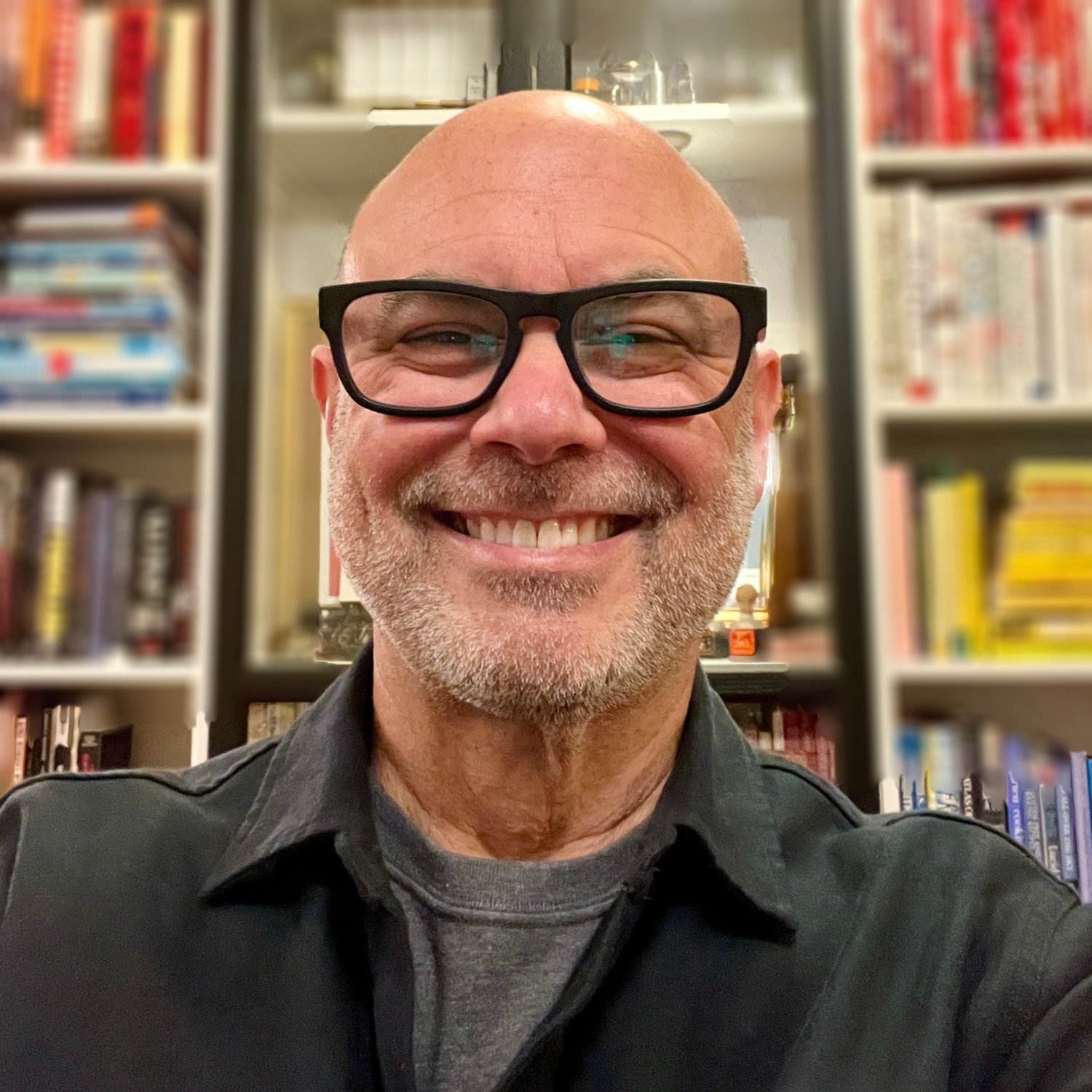We often celebrate human creativity as a vibrant mosaic of unique art, music, writing, and software. We pride ourselves on our ability to recognize originality when we see it, as we discern patterns and spot deviations that seem fresh and innovative. However, AI technologies like ChatGPT are challenging these assumptions, revealing that much of what we consider original is, in fact, quite formulaic.
The Reality Behind the Originality Illusion and AI’s Pattern Recognition Prowess: Your average Joe might read a couple of hundred poems or watch a limited number of movies throughout their lifetime. This restricted exposure to creative works creates a bubble that leaves us with the impression that most of what we see is original. ChatGPT, on the other hand, has digested thousands of poems and can rapidly recognize similarities and patterns within them. This AI model’s extensive exposure to content allows it to generate works that appear mind-blowingly inventive to us.
The harsh reality is that our narrow exposure to creative works makes us vulnerable to the illusion of originality. The human mind may not be the infinite canvas of creativity we like to believe it is. Statistically, we see only a minuscule fraction of any medium, making it difficult for us to distinguish between original and repetitive works.
GPT-like platforms can analyze billions of pages of text, songs on Spotify, or any other form of content. In doing so, they unveil that many creative works are eerily similar, adhering to discernible patterns.
The Creative Job Market’s Future and The AI Effect on Creative Jobs:
As AI becomes increasingly skilled at generating content, the number of people making a living from creative pursuits might dwindle. Thought leaders like Kai-Fu Lee, in his book “AI Superpowers,” argue that many jobs, including creative ones, could be at risk due to AI advancements. Automation has already disrupted certain sectors, and the creative industry is far from immune. Traditional creative roles, such as graphic designers, writers, or composers, may face challenges as AI-generated content becomes more refined and accessible.
To counter this potential threat, creative professionals will need to adapt, finding ways to stand out from AI-generated content. This adaptation might involve focusing on niche markets, developing specialized skills, or embracing AI as a collaborator rather than a competitor.
Emerging Forms of Expression and Collaborative Creativity: AI’s capabilities might prompt a shift toward more fringe creative works as people search for genuinely original content. However, humans tend to crave new experiences that still fit within their comfort zone. How our tastes and the creative landscape will evolve in the face of AI’s revelations about human creativity remains uncertain.
One exciting possibility is a new era of human-AI collaboration. Instead of perceiving AI as a threat, creative individuals can harness it as a tool to enhance their work. Artists can use AI-generated content as inspiration or a starting point, while writers can use AI-generated text to brainstorm ideas or overcome writer’s block. This collaboration could lead to a richer, more diverse cultural landscape.
The Impact on Creators’ Sense of Self-Worth and The Evolution of Originality:
As AI levels the playing field in creative industries, it can challenge the self-worth of experienced creators. The notion that someone with limited experience, when armed with AI, can create content equal to or better than a veteran with 20 years of experience is unsettling. This shift can lead to millions of people worldwide suddenly questioning their self-worth and the uniqueness of their creations.
Artists have always been influenced by the works of their predecessors, whether consciously or subconsciously. AI is essentially doing the same thing, building upon the ideas and styles of earlier creators. Many people fail to appreciate how much creative individuals are influenced by others. A chronological exhibit of painting styles in a museum may reveal these influences, but in the present moment, it’s challenging to see these connections without the perspective of time.
This article aims to spark controversy and debate, making artists and AI creators uncomfortable by confronting the potential harm AI might cause. At the same time, AI also brings immense benefits. Consider a painter who becomes paralyzed; they can still see the world in their unique way and imagine things others cannot. With the use of AI and voice prompting, they could continue to create. Does this make their art original, and are they still the creator? The concept of originality is evolving, and artists must learn to embrace AI as a new tool.
Creating with AI involves storytelling through chat prompts for AI models like ChatGPT. In this sense, ChatGPT is no different from a paintbrush, as the user’s input significantly impacts the output. In one person’s hands, it may produce nothing of value, while in another’s hands, it might create a masterpiece. Mastering any tool, including ChatGPT, requires time and effort. It represents a new medium that challenges our traditional notions of creativity and originality.
Conclusion:
AI has unveiled the not-so-pretty side of human creativity, proving that our works often follow patterns and are not as original as we once thought. As AI continues to evolve and generate content, we must contemplate the future of creativity and its implications for the human experience. This new understanding could push us to explore the boundaries of our creativity and cultivate a more diverse and dynamic cultural landscape. Artists, creators, and the general public should engage in thoughtful debate about the role of AI in creativity, embracing both the challenges and opportunities it presents. In the end, we may find that the fusion of human and artificial intelligence paves the way for a new era of artistic expression, where creativity transcends the limitations of either entity alone.

